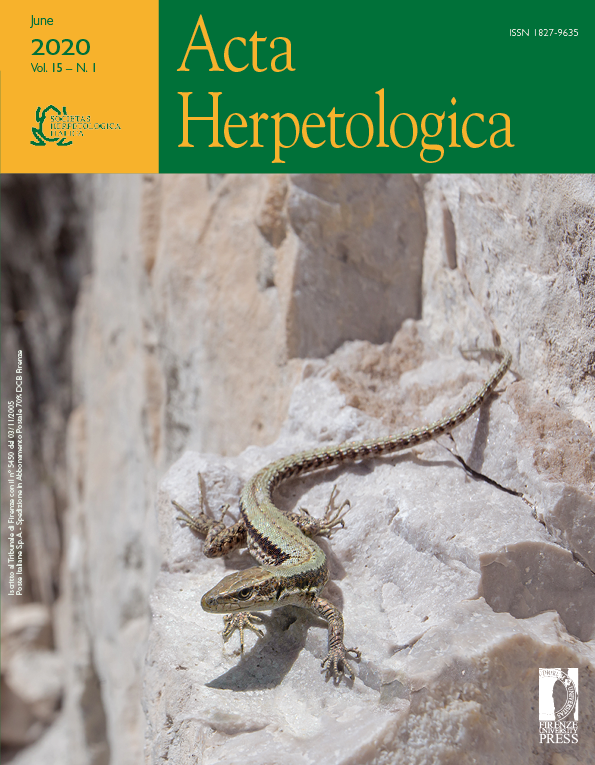Published 2020-05-17
Keywords
- Innate immunity,
- immunocompetence,
- complement system,
- wildlife,
- domestic animals
How to Cite
Abstract
Multiple mechanisms have evolved for the defensive recognition of foreign components, such as microorganisms. The majority of immunological studies with vertebrates have been focused on endothermic species, and relatively little attention has been directed toward ectothermic vertebrates. We employed a colorimetric assay designed to compare plasma hemolytic activities based on the serum complement system (CS) activities amongst some representative reptiles, wild and domestic birds, and mammals. Results obtained from the hemolytic assays conducted with plasma derived from all of the animal species used showed that broad-snouted caiman had the highest activity, and no differences were observed in the hemolytic activities of plasma from birds or the other reptile species. In contrast, the CS activity obtained with mammalian plasma was markedly lower than that from the other taxa. This assay has many advantages, such as the requirement of small sample volume, reproducible results, and low cost. In addition, unsensitized sheep red blood cell hemolysis can be successfully used for the evaluation of innate immune system activities in non-mammalian species; however, for mammals, it should be combined with other immunological determinates to evaluate integral innate immunocompetence.






